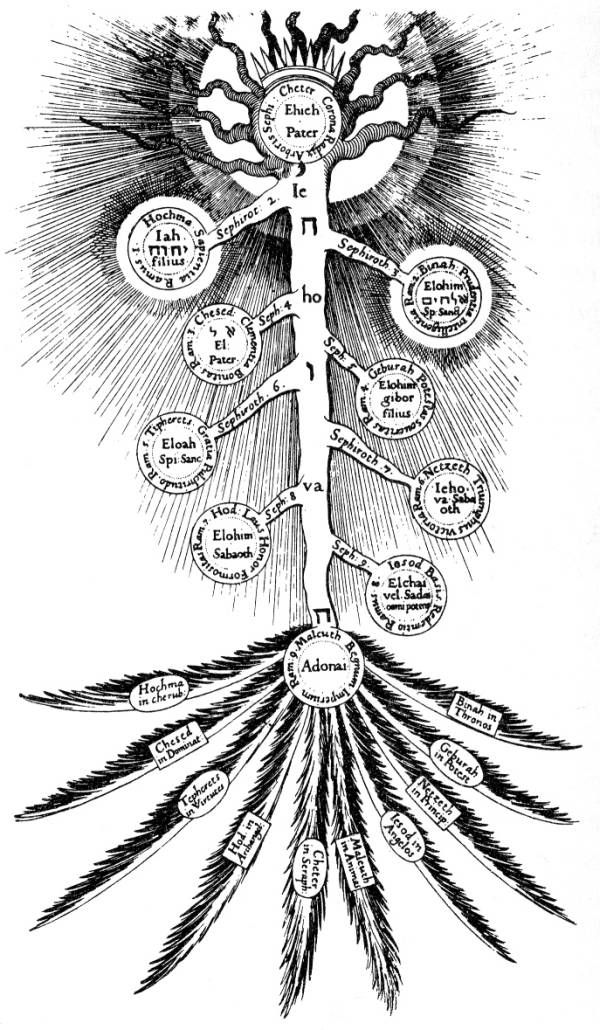I would add to it that Jewish Kabbalah is not a single unified system. Even the tree of life is not one version, the one most known is just the most favorite version which made it considered in time as the only one... but it was one of many versions of the tree. These two are also trees of life of Jewish Kabbalah. The circular one is where the sephirot are layered on each other as layers of onion.


You're misinterpreting the images. There are multiple layers to the Tree of Life concept. There's the side that is the more tree-like image which shows the path upwards towards the Ain Sof, then there is the perspective of igulim/circles or rings where the Sefiros are surrounding the core, which is either the human person or the Ain Sof depending on the context. The most famous version comes from Moshe Cordavero's P'ri Etz Chaim, which the Golden Dawn seized upon and became the standard for most Western occultists to reference. For some reason the in-out view on the Sefiros wasn't as popular, even though it makes some interesting conjecture on the nature of auras and energy fields and all that stuff.
